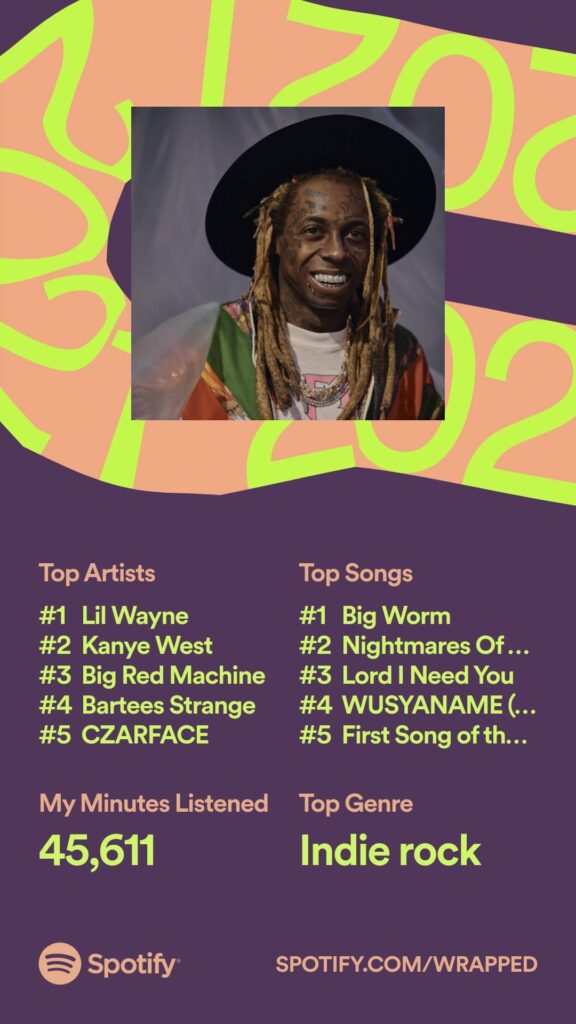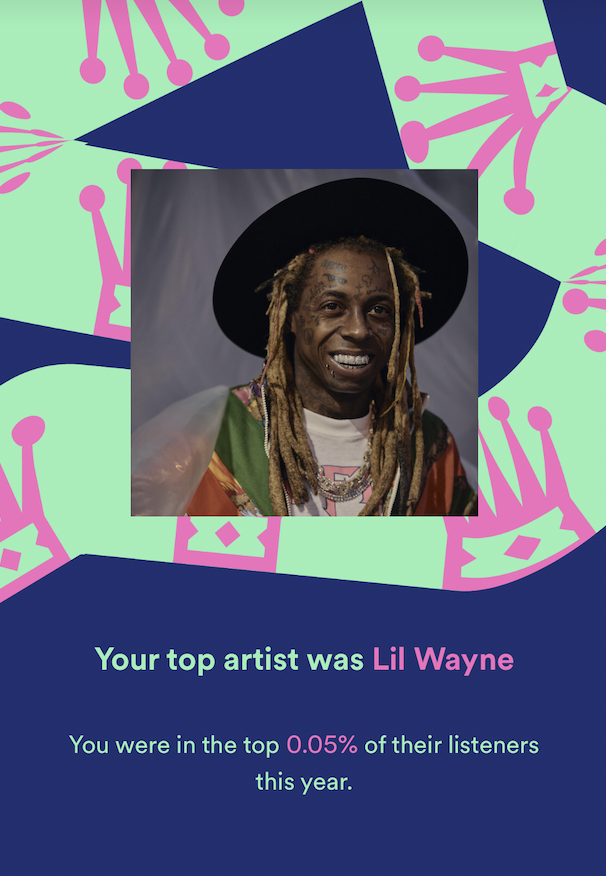Spotify – A Firm Leveraging and Repackaging Big Data for Big Wins

Spotify is the go-to spot for music streaming and curation – utilizing data analytics to create a more personalized experience, and offering data analytics itself as one key form of value creation.
Spotify is a Stockholm-based freemium multiplatform streaming application that launched in 2008 after being founded by Daniel Elk. As a response to increased piracy in the music industry, Elk initially created Spotify to provide streaming access to users’ favorite music while compensating artist fairly. In 2010, Elk told reporters, “The only way to solve the problem was to create a service that was better than piracy and at the same time compensates the music industry” (BBC, 2018). Spotify was a forerunner in the streaming music business, followed by competitors such as Apple Music, Tidal, and Soundcloud Go. Recently, Spotify has moved away from focusing solely on music and has been focused on acquiring podcasts, and also venturing into virtual and in-person concerts. Mike Peterson wrote in 2021, “In the event space, however, Spotify would be able to leverage the vast amounts of consumer data it harvests via its music streaming platform. It could use that data to help artists plan concerts in less populated areas that would normally be too small for headline performers.” Spotify is a firm with data analytics central to its offerings.
Data analytics drives everything that Spotify does, from personalization to curation. Khartoon Weiss, Spotify’s global head of verticals, stated in a 2019 interview, “[Data analytics] is our smartest way to learn more about our audiences and our most effective way to better serve them. That data, usage, and behavior gives us all of the richness that helps us literally build product and follow the behavior to serve in a way that offers value and works in service of people, their time, their behaviors, and their moods, instead of just trying to build an ad-revenue-oriented business.” Data analytics allow Spotify to work smarter not harder by leveraging user data to recommend new music, podcasts, and local events and providing curated and personalized content to meet the needs of users. More specifically, Spotify utilizes machine learning (ML) to analyze users’ behaviors and group users with similar music taste into groups. The ML algorithms then searches for what users are listening to that those other users aren’t listening to, and recommends those songs to the other users (Mixson, 2021).
In addition to machine learning, natural language processing (NLP) is leveraged to scan countless online posts and chat forums about music and curate music into similar groups based on how people are describing that music online (Mixson, 2021). Both ML and NLP are used to create immense value for users by recommending and curating data-driven playlists that feel hand crafted. Additionally, these data-driven playlists also create value for the musicians as it allows for more targeted and evidence-based exposure (Nigam, 2019).
Data-analytics are also repackaged for users as a form of value creation. Every December, Spotify releases its Spotify Wrapped, which is a yearly recap of a users’ listening history throughout the past year (Pau, 2021). Attached are two screenshots from my own Spotify wrapped. The image below shows my top artists, top songs, how many minutes I spent listening to music, and my top genre.

The image below shows that I was in the top .05% of listeners for an artist.

In general, the wrapped tells you how much time you spent listening to music, which artist you listened to the most, and how your listening habits compared to other users. Spotify Wrapped is a very interesting example of a firm creating value through data-analytics because it’s essentially repackaging user data for users. It’s very common to post pictures of your Spotify Wrapped online and share with your friends, which further substantiates Spotify’s network effects.
Spotify has grown drastically and steadily over time. This graph below demonstrates their steady and impressive rise in monthly active users.

Spotify’s rise in monthly users is accompanied by an equally impressive and steady rise in annual revenue from 2013-2021. Spotify captures value through it’s freemium model, where you pay a monthly subscription for ad-free music with additional functionality.

The future looks bright for Spotify as they break into new markets and begin bridging the streaming world and live music. With data-analytics, the world is truly Spotify’s oyster, and I look forward to seeing what they do next!
References
BBC. (2018). How Spotify came to be worth billions. https://www.bbc.com/news/newsbeat-43240886#:~:text=Humble%20beginnings&text=Founded%20by%20Daniel%20Ek%20and,the%20music%20industry%20was%20facing
Mixson, E. (2021). How Spotify Uses Data to Keep You Listening. https://www.aidataanalytics.network/data-monetization/articles/data-visualization-monetization-and-personalization-spotify#:~:text=Spotify%20also%20using%20data%20wrapping,tracks%20on%20those%20playlists%2C%E2%80%9D%20according
Nigam, S. (2019). How Spotify know a lot about you using machine learning and AI.https://www.datasciencecentral.com/how-spotify-know-a-lot-about-you-using-machine-learning-and-ai/
Pau, K. (2021). Spotify Wrapped, unwrapped. https://www.vox.com/culture/22814121/spotify-wrapped-2021-algorithm-data-privacy
Peterson, M. (2021). Spotify considering a move into live virtual and in-person events. https://appleinsider.com/articles/21/06/30/spotify-considering-a-move-into-live-virtual-and-in-person-events
Spotify. (2022). Shareholder Letter Q4 2021. https://s22.q4cdn.com/540910603/files/doc_financials/2021/q4/Shareholder-Letter-Q4-2021_FINAL.pdf



Thanks for this post, Maxwell! I was not aware of their usage of NLP to include and leverage text-based online information into their pool of data – really interesting approach to harvest additional data.
I feel that Spotify is in an interesting spot where they absolutely need to create and capture additional values through new products such as podcasts and concerts so that they do not rely fully on music streaming. I think music streaming itself will become a commodity product as there are not a lot of ways to distinguish yourself from your competitors because every platform has an almost identical music palette. Moreover, for some of Spotify’s biggest competitors, i.e. Apple and Amazon, music streaming is only a side business and they could strongly undercut Spotify’s prices while easily absorbing the resulting losses in music streaming with their other income streams.
Maxwell!
Indeed, great minds do think alike!
This is a great write up, I think I managed to miss the use of NLP to scan social forums when I was performing my own research.
I’d love to hear your opinion on the limitations and challenges that Spotify faces? Are there any from a data perspective? Or are they mostly from a business strategy perspective?
Max, I was so glad to see that not one but two people wrote about Spotify for this class! I was nearly a third but chose another music industry company. I love that you’ve highlighted the Spotify wrapped feature, which has become a real zeitgeist in the last two years. This is a great example of a company using big data to create a feature that may not capture obvious value, but creates it through a feature that everyone simply must have.